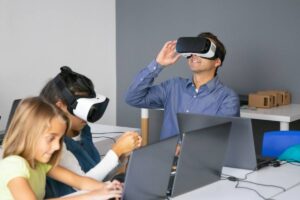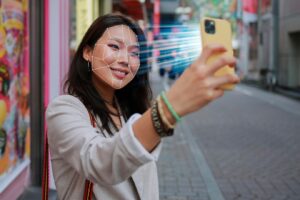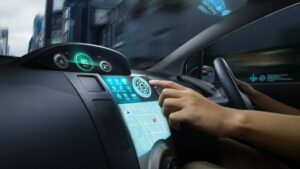The Technology Blog
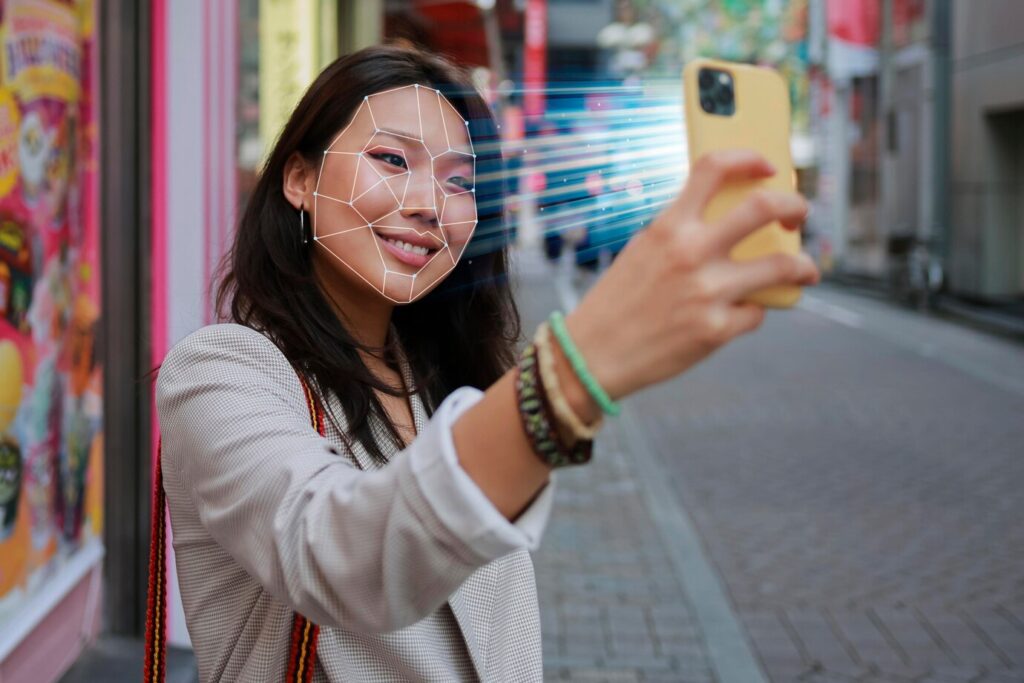
How Facial Recognition Technology is Enhancing Security
Facial recognition technology has leapt from sci-fi dreams to daily reality. Once merely a vision, it now revolutionises our security landscape with incredible speed. This biometric marvel is indispensable for unlocking smartphones and verifying identities at airports.
In this blog, we’ll delve into how facial recognition elevates security. We’ll highlight the industries using this innovation. We’ll also look at what it means for privacy. The balance between public safety and personal privacy is more crucial than ever. Join us on this journey into the world of facial recognition!
What Is Facial Recognition Technology?

Facial recognition is biometric software. It maps facial features from photos or videos. Then, it checks this data against a database to find a match. It uses advanced algorithms to detect, analyse, and identify faces in real time.
The process typically involves:
- Detecting a face in an image or video.
- Extracting key features such as the distance between the eyes, nose, and mouth.
- Creating a facial signature or template.
- Comparing this data against stored templates in a database.
The Role of Facial Recognition in Security
Facial recognition enhances security in multiple ways, offering both speed and accuracy. Here are the key areas where it’s making an impact:
1. Access Control and Authentication
One of the most common uses is in access management systems. Facial recognition boosts identity verification. It’s used in workplaces, smartphones, and secure facilities.
A person’s face can’t be lost or forgotten, like passwords or key cards. This makes it a more secure way to authenticate.
2. Public Surveillance and Law Enforcement
In a world full of cameras, governments and police use facial recognition tech as digital protectors. High-definition cameras scan public areas in real-time. They look for familiar faces, especially those with criminal records or bad reputations.
This advanced surveillance allows for quick responses. It also improves awareness, especially in emergencies or unstable situations. When urgency hits, our safety nets are more than just safety. They turn into active protectors.
3. Airport and Border Security
Airports increasingly implement facial recognition systems for smoother and more secure passenger processing. Facial scans can now confirm identities. This is useful at check-in, immigration, and boarding gates. So, we don’t only rely on passports and boarding passes anymore.
This speeds up queues while improving border control and reducing identity fraud.
4. Retail and Commercial Security
In the bustling world of retail, facial recognition is your vigilant watchdog. It spots known shoplifters and monitors staff activity while tracking customer behaviour. Businesses get instant alerts when a flagged person enters the store. This helps stop theft and boosts loss prevention. Retailers use this advanced technology to boost their defences. This helps create a safer shopping experience.
5. Smartphone and Device Security
Most modern smartphones now offer facial unlock features. This biometric method is easy to use and secure. New tech, like 3D depth mapping and infrared scanning, helps stop spoofing.
Advantages of Facial Recognition in Security
The growing popularity of facial recognition is largely due to the following benefits:
High Accuracy
With AI and machine learning, facial recognition systems are constantly improving. Many now offer high match accuracy, even in crowded environments or under poor lighting conditions.
Speed and Convenience
Security checks that once required ID cards, passwords, or PINs can now be performed in seconds with a simple facial scan. This reduces delays and improves user experience.
Non-Invasive and Contactless
Facial recognition is different from fingerprint or retinal scanning. It doesn’t need physical contact, so it’s more hygienic. This makes it great for public use, especially after the pandemic.
Real-Time Alerts
In public safety, facial recognition can quickly send alerts when it finds a match. This helps security teams respond faster and more effectively.
Challenges and Concerns
While the technology holds great promise, it also comes with challenges that can’t be ignored.
Privacy Issues
One of the biggest concerns is the potential for mass surveillance. The ability to track individuals without consent has raised questions about civil liberties and the right to privacy.
Data Security Risks
Facial data, once stored, becomes a high-value target for hackers. If a database is compromised, the consequences can be far-reaching since facial features can’t be changed like a password.
Bias and Accuracy Gaps
Some studies show that facial recognition systems often struggle. They make more mistakes when identifying people from certain ethnic backgrounds, genders, or age groups. Addressing these biases is crucial for fair and ethical use.
Legal and Ethical Frameworks
In many regions, regulations around the use of facial recognition are still evolving. A clear legal framework is needed to ensure that the technology is used responsibly and transparently.
Industries Leading the Way
- Government and Law Enforcement: Public safety agencies are among the first to use facial scans. They use this technology at border crossings and to identify suspects in real-time.
- Finance and Banking: In some markets, banks use facial recognition for secure customer onboarding, fraud prevention, and ATM access.
- Healthcare: Hospitals use technology for patient verification, staff access control, and securing sensitive areas.
- Education: Some schools are using facial recognition to track attendance. This also helps boost campus security.
The Road Ahead for Facial Recognition
The future of facial recognition technology is about being more secure, clear, and inclusive. As algorithms get smarter and rules improve, we will see more use in daily life. This includes smart cities and personal devices.
At the same time, there’s a growing demand for ethical AI, where technologies are designed and used in ways that respect user privacy and avoid bias. This balance will define the next phase of facial recognition and voice recognition in security.
Conclusion: Balancing Innovation with Responsibility
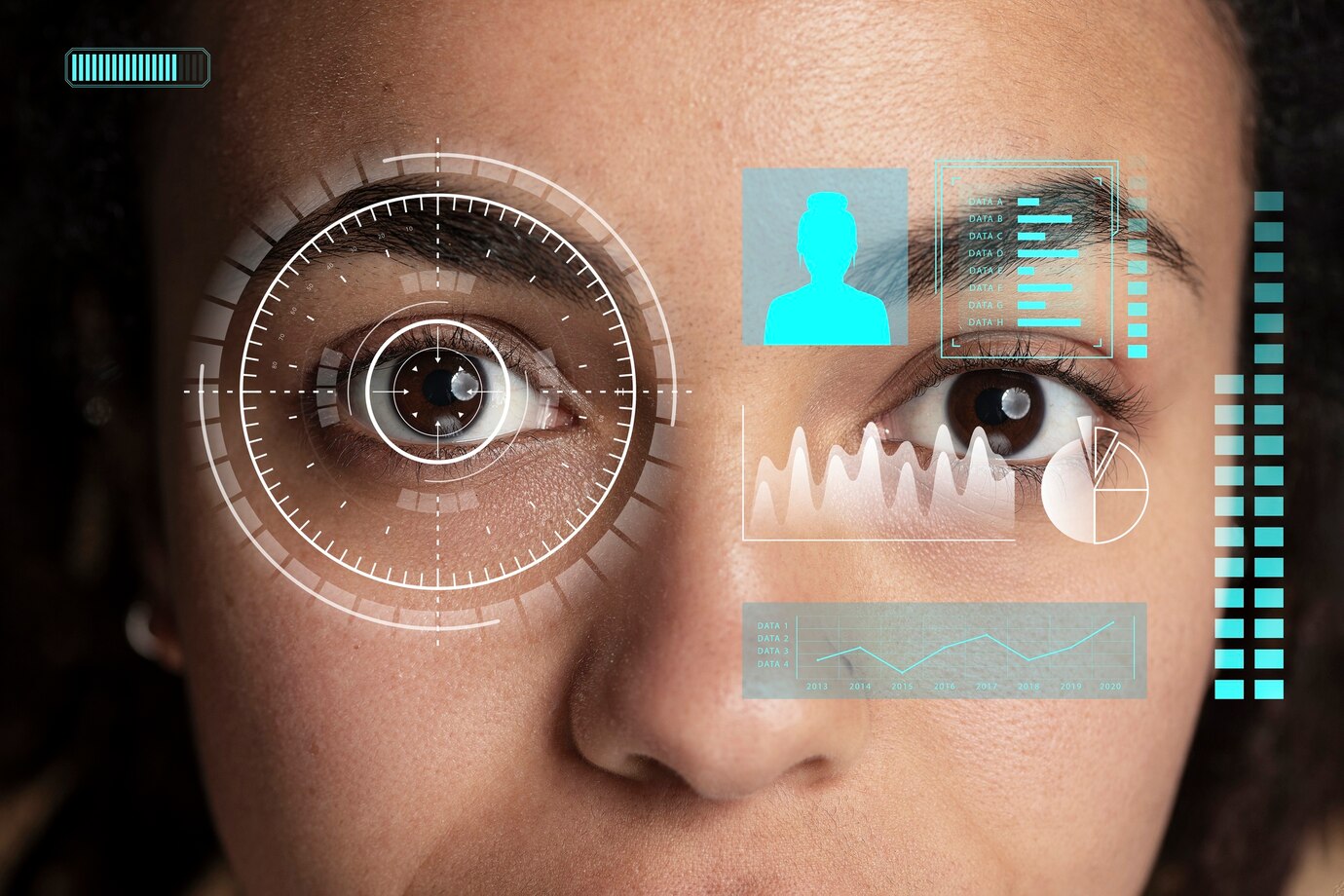
Facial recognition is undeniably changing the way we think about security. The technology helps unlock phones and spot threats in real-time. It offers strong tools for individuals and institutions.
But as its capabilities grow, so do the responsibilities of those who design and deploy it. Transparency, fairness, and data protection must guide the development of facial recognition systems. When used responsibly, they offer a future where safety and convenience go hand in hand without compromising privacy or human rights.




